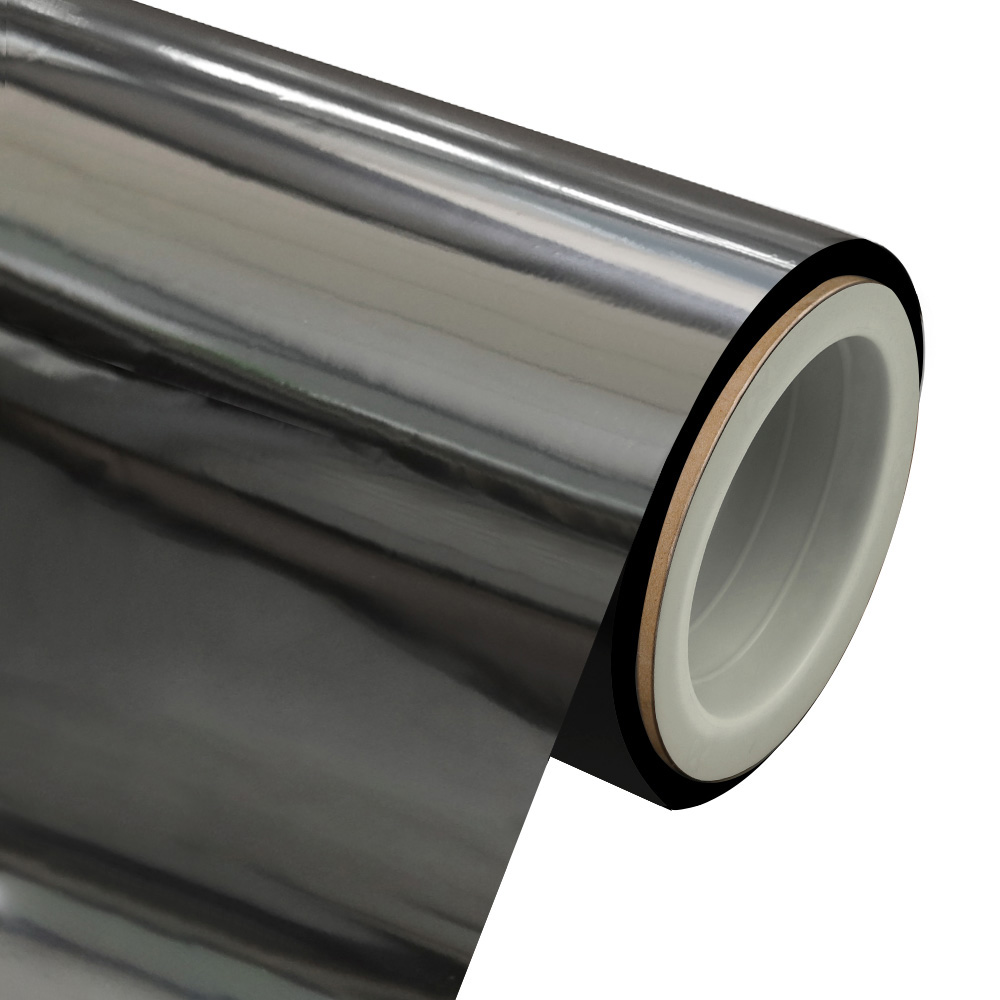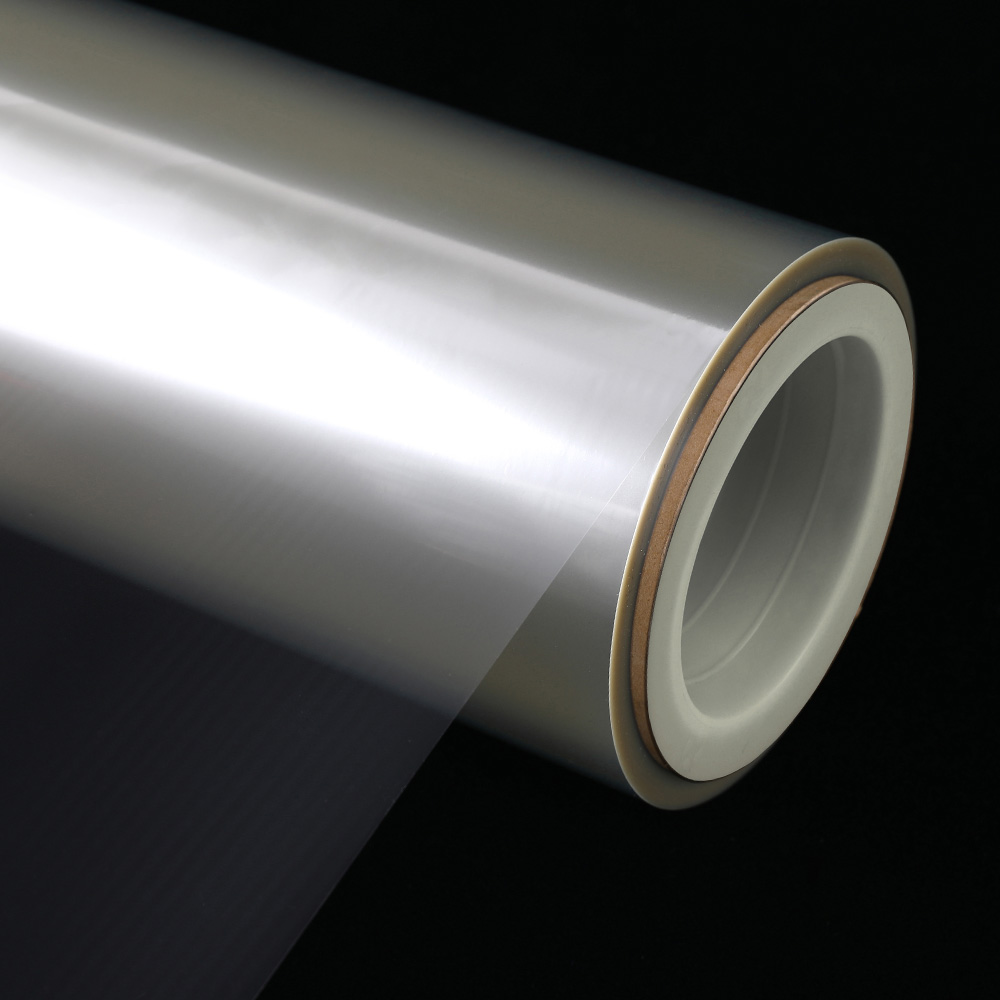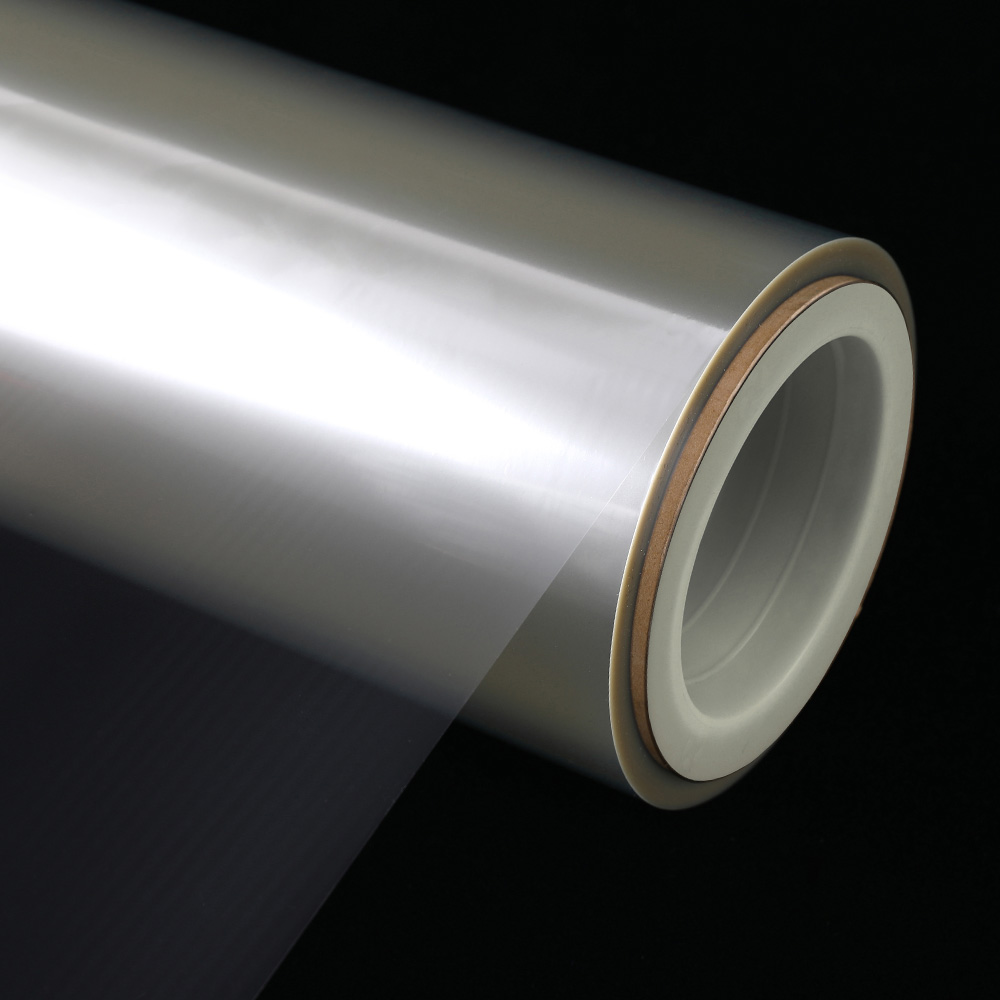What material is related to the glossy surface of partial metallized PET film?
The glossy surface of partial metallized PET (Polyethylene Terephthalate) film is a result of the metallization process and the specific materials involved. To understand the materials related to the glossy surface of partial metallized PET film, we need to delve into the metallization process and the properties of the materials used.
Metallization Process:
The glossiness of partial metallized PET film is primarily attributed to the metallization process. This process involves depositing a thin layer of metal, typically aluminum, onto the surface of the PET film. The metallization process can be conducted using various techniques, including vacuum metallization and physical vapor deposition (PVD).
Here's a breakdown of the materials and steps involved in the metallization process:
Base Material (PET Film):
The base material of partial metallized PET film is PET. PET is a versatile and widely used polymer known for its clarity, mechanical properties, and dimensional stability. It serves as the substrate on which the metal layer is deposited.
Metal Layer (Aluminum):
Aluminum is the metal of choice for metallizing PET films. It is chosen for several reasons:
Aluminum is highly reflective, which contributes to the glossy appearance of the film.
It provides an effective barrier against moisture, oxygen, and light, which helps in preserving the freshness and quality of products.
Aluminum is lightweight, adding minimal weight to the packaging.
It is a cost-effective option for metallization.
Metallization Process:
The metallization process typically involves heating aluminum in a vacuum chamber until it vaporizes. The vaporized aluminum condenses on the surface of the PET film, forming a thin, uniform metal layer.
The process can be controlled to achieve different levels of metallization, from full metallization (covering the entire film) to partial metallization (covering specific areas or patterns).
Glossiness and its Relation to Metallization:
The glossiness of partial metallized PET film is closely related to the reflective properties of the deposited metal layer, primarily aluminum. Here's how the metallization process contributes to the glossy surface:
High Reflectivity: Aluminum is highly reflective, which means it efficiently bounces back and reflects light. When a thin layer of aluminum is deposited on the PET film, it forms a smooth and reflective surface. This reflective property creates the glossy appearance of the film.
Smooth Surface: During the metallization process, the aluminum vaporizes and condenses on the PET film's surface, forming a uniform and smooth layer. This smoothness enhances the reflective properties, contributing to the glossy finish.
Light Interference: The thickness of the aluminum layer is carefully controlled during the metallization process. When the thickness is within a certain range, it can create interference patterns in the reflected light, further enhancing the glossiness and creating a mirror-like appearance.
Contrast: In the case of partial metallized PET film, where only specific areas are metallized while others remain untreated, the contrast between the metallized and non-metallized areas adds to the visual appeal. This contrast is especially striking and adds to the glossy effect.
Benefits of the Glossy Surface:
The glossy surface of partial metallized PET film offers several benefits, making it a popular choice for packaging, labeling, and various applications:
Visual Appeal: The high gloss and metallic appearance of the film make products stand out on the shelf, increasing their visual appeal and consumer interest.
Brand Enhancement: The glossy surface provides a premium and luxurious look, helping companies enhance their brand image and communicate product quality.
Aesthetic Versatility: Designers can take advantage of the glossy surface to create intricate and eye-catching packaging and labeling designs that capture consumer attention.
Product Protection: The metallized layer also serves as a barrier, protecting the contents from moisture, oxygen, and light, thereby extending the shelf life of products.
In conclusion, the glossy surface of partial metallized PET film is a result of the metallization process involving the deposition of a thin layer of aluminum onto the PET film. Aluminum's high reflectivity, smooth surface, and controlled thickness contribute to the glossy appearance, while the contrast between metallized and non-metallized areas adds to the visual appeal. This glossy surface not only enhances the aesthetics of packaging and labeling but also provides functional benefits in terms of product protection and brand enhancement.


 English
English  中文简体
中文简体 





